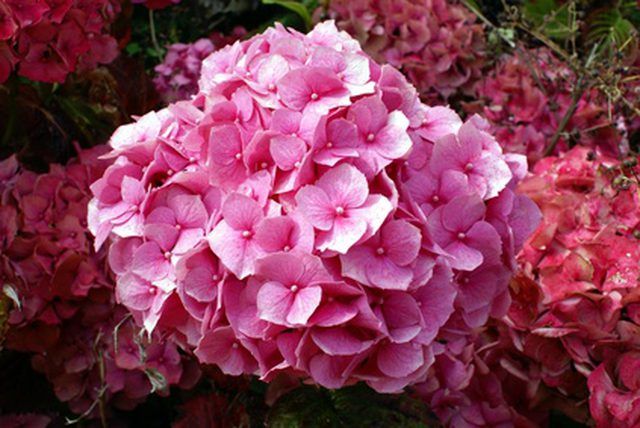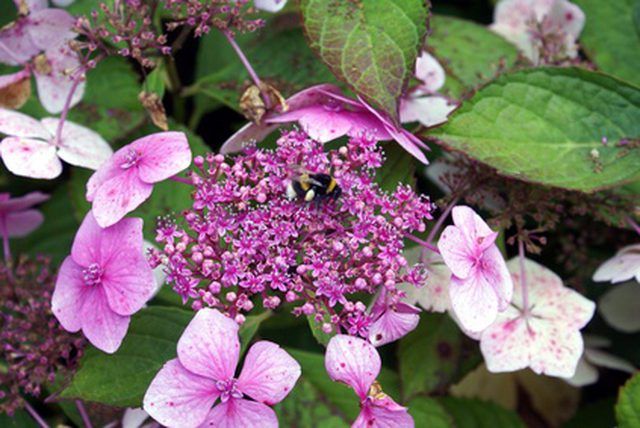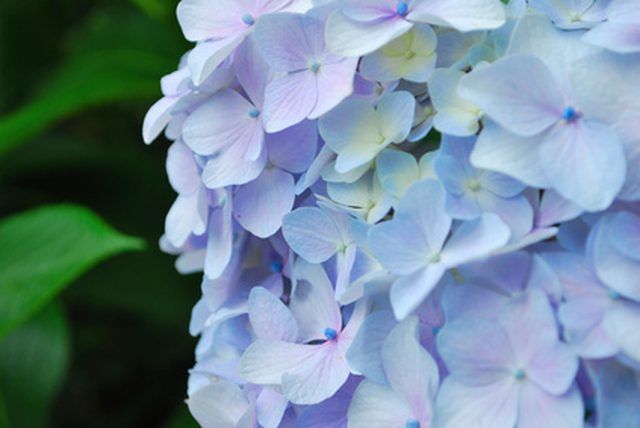Bulbs
Flower Basics
Flower Beds & Specialty Gardens
Flower Garden
Garden Furniture
Garden Gnomes
Garden Seeds
Garden Sheds
Garden Statues
Garden Tools & Supplies
Gardening Basics
Green & Organic
Groundcovers & Vines
Growing Annuals
Growing Basil
Growing Beans
Growing Berries
Growing Blueberries
Growing Cactus
Growing Corn
Growing Cotton
Growing Edibles
Growing Flowers
Growing Garlic
Growing Grapes
Growing Grass
Growing Herbs
Growing Jasmine
Growing Mint
Growing Mushrooms
Orchids
Growing Peanuts
Growing Perennials
Growing Plants
Growing Rosemary
Growing Roses
Growing Strawberries
Growing Sunflowers
Growing Thyme
Growing Tomatoes
Growing Tulips
Growing Vegetables
Herb Basics
Herb Garden
Indoor Growing
Landscaping Basics
Landscaping Patios
Landscaping Plants
Landscaping Shrubs
Landscaping Trees
Landscaping Walks & Pathways
Lawn Basics
Lawn Maintenance
Lawn Mowers
Lawn Ornaments
Lawn Planting
Lawn Tools
Outdoor Growing
Overall Landscape Planning
Pests, Weeds & Problems
Plant Basics
Rock Garden
Rose Garden
Shrubs
Soil
Specialty Gardens
Trees
Vegetable Garden
Yard Maintenance
How to Care for Hydrangeas in the Spring
How to Care for Hydrangeas in the Spring. A staggering number of hydrangea (Hydrangeaceae) species and cultivars are available. Some are compact, others tall or even climbers. The flowers appear white, pink, purple and vivid blue as bold clustered blossoms or dainty lacy caps. In summer, the hydrangea provides beautiful greenery, and in late...

A staggering number of hydrangea (Hydrangeaceae) species and cultivars are available. Some are compact, others tall or even climbers. The flowers appear white, pink, purple and vivid blue as bold clustered blossoms or dainty lacy caps. In summer, the hydrangea provides beautiful greenery, and in late summer and fall it recharges the waning color in the garden with its burst of late flowers. Leave the skeletal flower head intact through the winter for a show of frosty globes. Spring brings just a few minor chores to get the hydrangea ready for another beautiful year.
Things You'll Need
Pruning shears
Water source
Lime
Aluminum sulfate
Fertilizers
Prune in early spring using sharp garden shears, making a clean cut. Remove about 1/3 of the branches, cutting the older, darker canes that provided bloom the previous years. Snip off the dried flower heads at the first sight of new spring growth of buds. Pruning to control size and form can be done now. The fewer stems left, the larger the flowers will be; leaving more stems provides many medium-sized clusters of flowers.

Water the Hydrangeaceae shrubs deeply if the winter has been dry. Before applying soil amendments or fertilizers, the plant's roots should be completely hydrated.
Apply aluminum sulfate to the soil if the hydrangea is a blue-flowering type--1 tbsp. in 1 gallon water will help the flowers achieve their true blue color. If the hydrangea is a pink or purple bloomer, mix some lime into the top of the soil to maintain an alkaline pH of greater than 6.5.
Fertilize the blue hydrangea shrub with one low in phosphorus and high in potassium. This keeps the soil an acid pH, which the blue-flowering types require. The ideal pH for these is 5.5 or lower. The rosy varieties need a super-phosphate fertilizer to maintain their clear pink shades by keeping the pH high.

Mulch the shrub to keep in moisture and keep weeds from sprouting. Use an acid-based mulch such as pine needles or peat moss for blue-flowering hydrangeas and for the pink ones, use a more balanced formula such as well-rotted manure or compost.